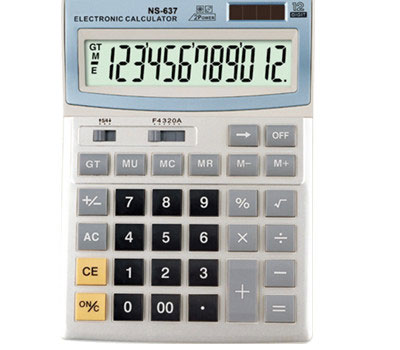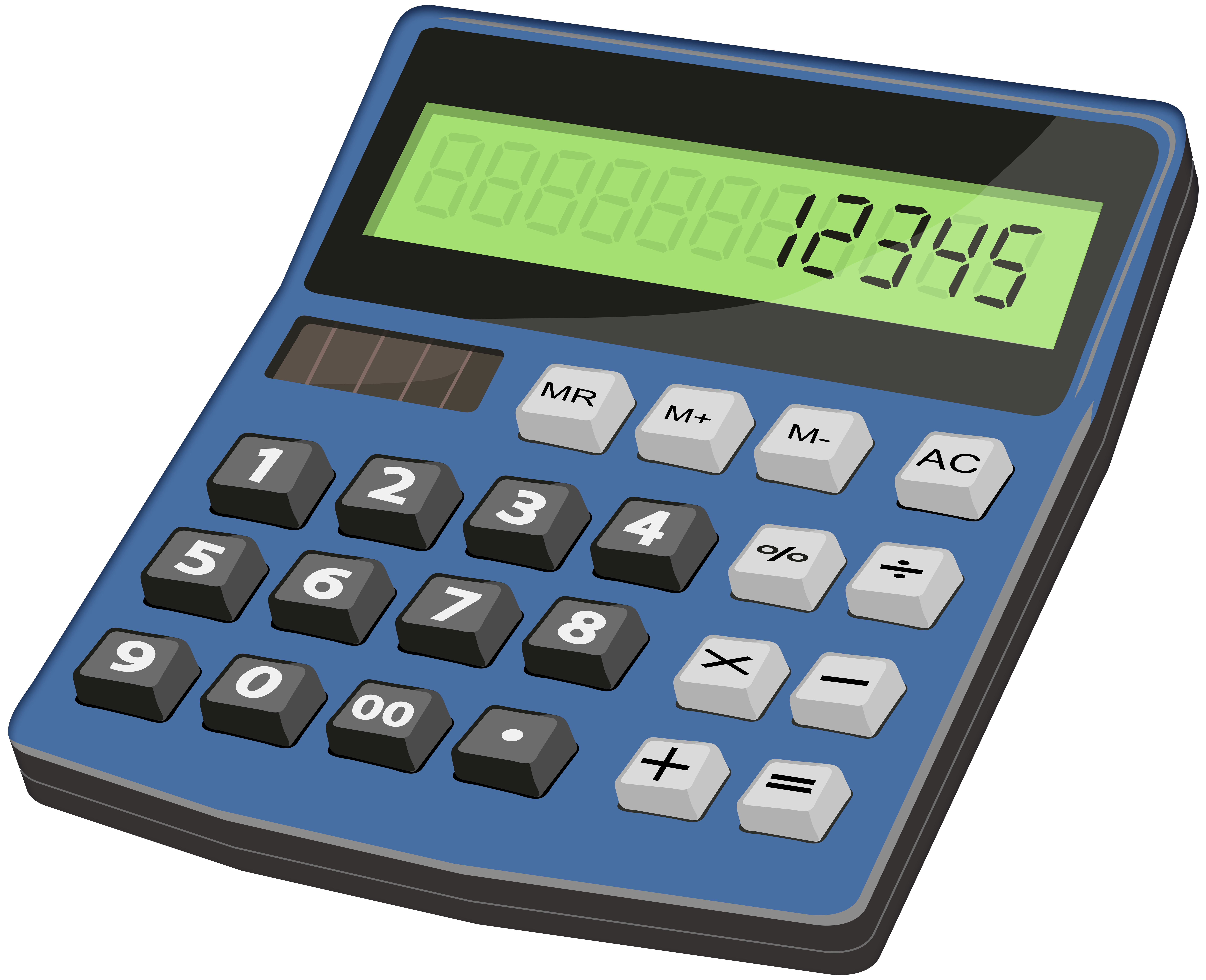
Other operations rely on theorems and algorithms from number theory, abstract algebra and other advanced fields to compute results. In some cases, linear algebra methods such as Gaussian elimination are used, with optimizations to increase speed and reliability. How Wolfram|Alpha solves equationsįor equation solving, Wolfram|Alpha calls the Wolfram Language's Solve and Reduce functions, which contain a broad range of methods for all kinds of algebra, from basic linear and quadratic equations to multivariate nonlinear systems. Similar remarks hold for working with systems of inequalities: the linear case can be handled using methods covered in linear algebra courses, whereas higher-degree polynomial systems typically require more sophisticated computational tools. More advanced methods are needed to find roots of simultaneous systems of nonlinear equations. This too is typically encountered in secondary or college math curricula. Systems of linear equations are often solved using Gaussian elimination or related methods. These use methods from complex analysis as well as sophisticated numerical algorithms, and indeed, this is an area of ongoing research and development. There are more advanced formulas for expressing roots of cubic and quartic polynomials, and also a number of numeric methods for approximating roots of arbitrary polynomials.
#Free calculator how to
One also learns how to find roots of all quadratic polynomials, using square roots (arising from the discriminant) when necessary. One learns about the "factor theorem," typically in a second course on algebra, as a way to find all roots that are rational numbers. This polynomial is considered to have two roots, both equal to 3. To understand what is meant by multiplicity, take, for example. If has degree, then it is well known that there are roots, once one takes into account multiplicity. The largest exponent of appearing in is called the degree of.
#Free calculator generator
Get immediate feedback and guidance with step-by-step solutions and Wolfram Problem Generator Here are some examples illustrating how to formulate queries. To avoid ambiguous queries, make sure to use parentheses where necessary. It also factors polynomials, plots polynomial solution sets and inequalities and more.Įnter your queries using plain English.
Note that if the AC key is not visible, hitĬE and then AC to clear out your calculation.Wolfram|Alpha is a great tool for finding polynomial roots and solving systems of equations. UseĬE to clear out the most recent entry.

Use AC to clear out the current calculation. To recall the number in the calculator memory hit M- the number on the display is subtracted from the number in the calculator memory. M+ the number on the display is added to the number in the calculator memory. The calculator memory is at 0 until you hit m+ or m. List price = 40, discount percentage = 25% List price = 35.25, tax percentage = 7.5% Interest rate (i) for a number of years (n)įuture value (FV) of a present value (PV) at Present value (PV) of a future value (FV) at Reciprocal or multiplicitive inverse of x or, x -1 You can also learn how to do present value and future value on a calculator.įor all of the above, if a second operand is not entered the first operand will be repeated.Ĭlear memory to 0, will not affect displayĮnter your calculation in the order to be executed given parentheses and PEMDAS priority Examples show you how to do simple math as well as how to do percentages on a calculator. Follow the steps to input numbers and symbols and perform calculations with operator buttons.

Use your delete/backspace key to delete one character at a time from the right

This is a simple calculator with memory functions similar to a small handheld calculator.


 0 kommentar(er)
0 kommentar(er)
